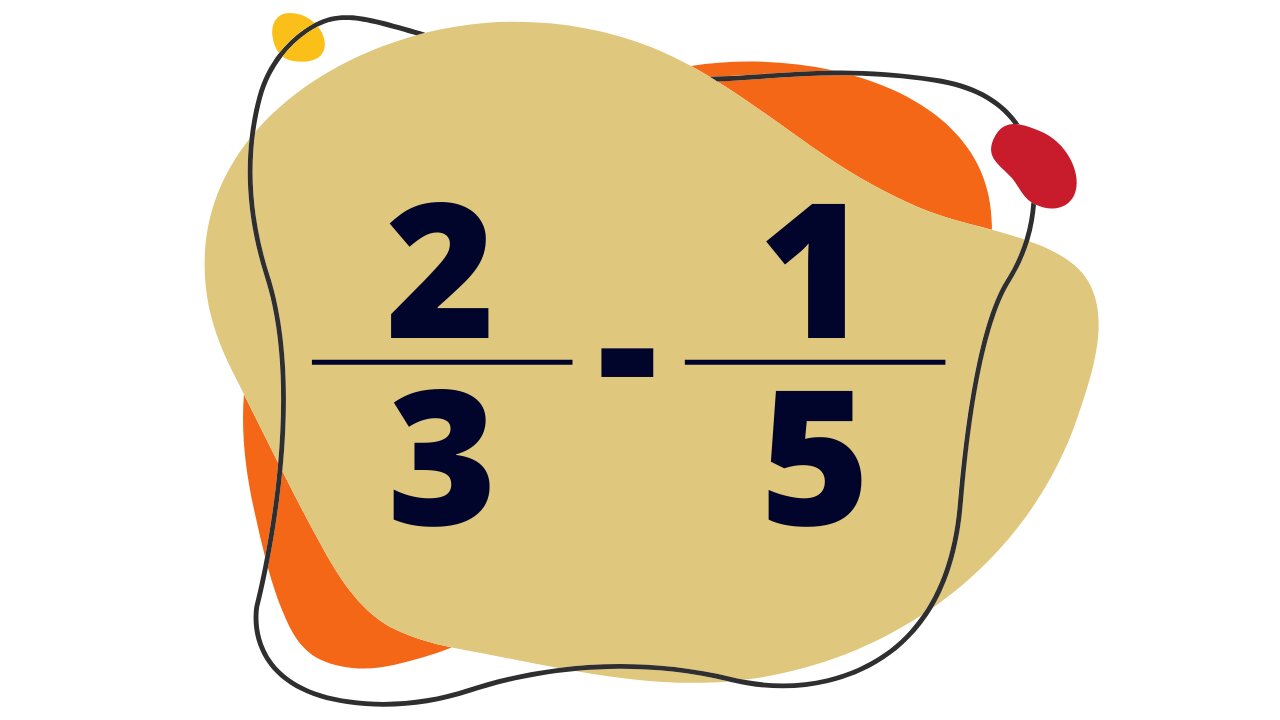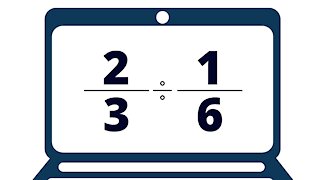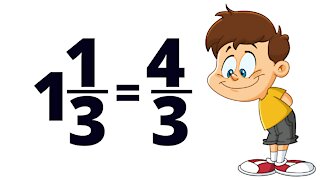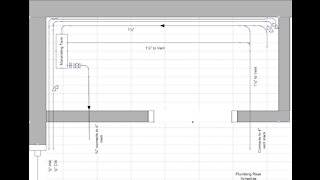Premium Only Content

Adding and Subtracting Fractions - Unlike Denominators - IntoMath
Adding and subtracting fractions involves representing them as a part of the same whole. Thus, their denominators must be the same. In order to bring them to the same denominator, we need to change all of the existing denominators while at the same time changing the numerator such that the fractions remain equivalent to the original ones.
If two fractions with different denominators are being added or subtracted, first bring them to the Lowest Common Denominator by determining their Least Common Multiple.
For example, for denominators 2 and 5, the Lowest Common Denominator is 10 – the lowest number divisible by both given denominators.
For mixed numbers, first convert the mixed numbers into improper fractions and then follow the steps above.
In order to convert a mixed number to an improper fraction multiply the whole portion of the mixed number by the denominator of the fractional portion and then add the numerator – the result becomes the new numerator over the unchanged denominator. The numerator will end up being a greater number than the denominator.
In general, becoming proficient in adding and subtracting fractions will help you with many other more complex concepts, such as solving equations with fractions, simplifying algebraic expressions and solving rational equations.
More math help and activities: intomath.org
-
 3:37
3:37
IntoMath Grade 7 Lessons
5 years ago $0.11 earnedAdding and Subtracting Integers - Absolute Value - IntoMath
480 -
 4:54
4:54
IntoMath Grade 6 Lessons
5 years ago $0.17 earnedEquivalent Fractions - Comparing Fractions - IntoMath
369 -
 4:45
4:45
IntoMath Grade 7 Lessons
5 years ago $0.09 earnedMultiplying and Dividing Fractions - IntoMath
658 -
 4:31
4:31
IntoMath Grade 5 Lessons
5 years ago $0.12 earnedSimple Fractions - Same Denominator - IntoMath
212 -
 5:47
5:47
IntoMath Grade 5 Lessons
5 years ago $0.51 earnedImproper Fractions - Mixed Numbers - IntoMath
8291 -
 6:44
6:44
IntoMath Grade 6 Lessons
5 years ago $0.08 earnedPercent - Converting decimals, fractions to percent - Intomath
206 -
 4:20
4:20
Just an FYI
5 years agoAdding half bathroom
90 -
 4:56
4:56
IntoMath Grade 8 Lessons
5 years ago $0.46 earnedProportions - IntoMath
1.05K -
 4:48
4:48
IntoMath Grade 6 Lessons
5 years ago $0.04 earnedDecimals - Place value - IntoMath
3011 -
 2:22
2:22
KGTV
5 years agoTeachers adding diversity to classroom libraries
14